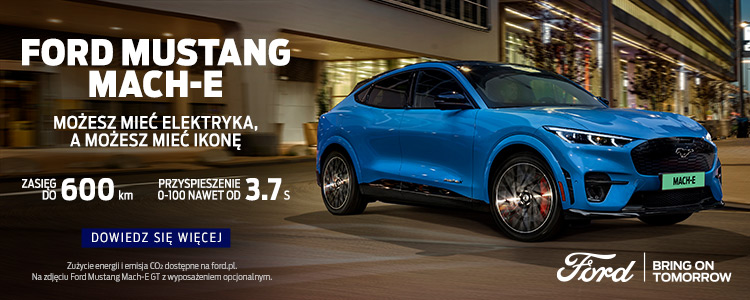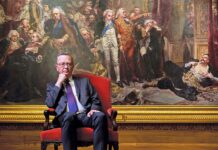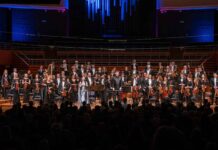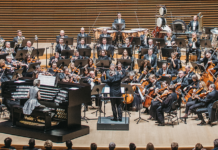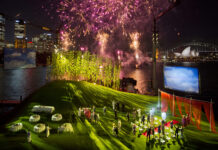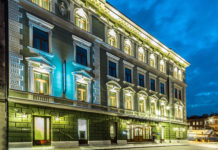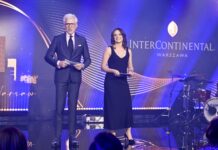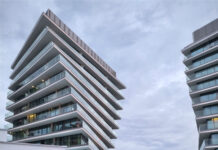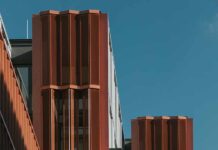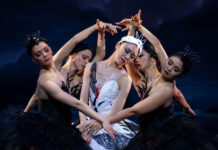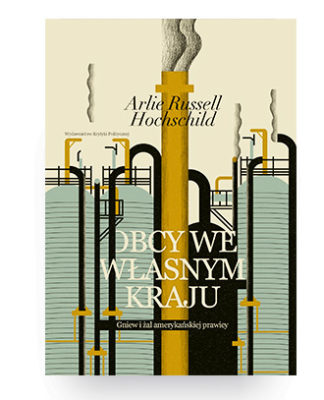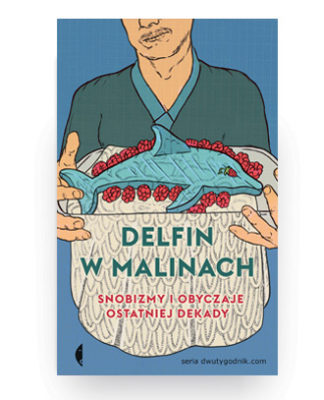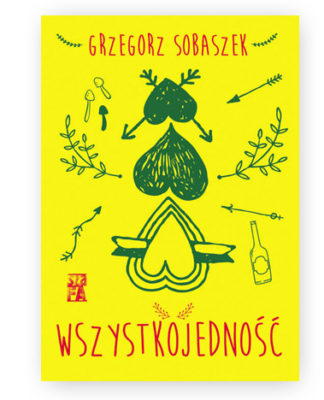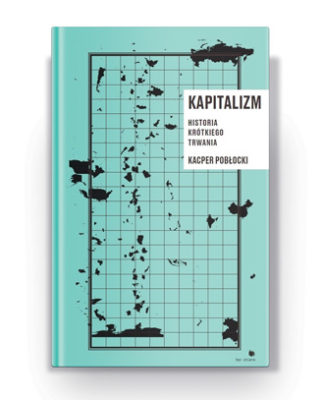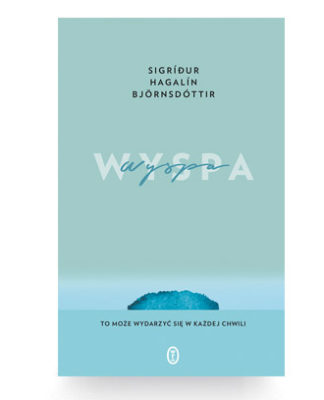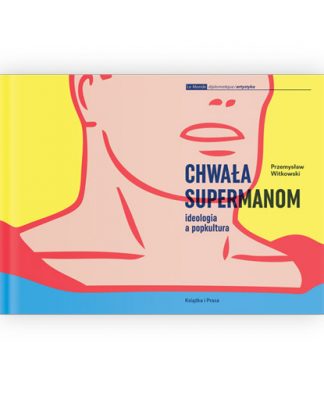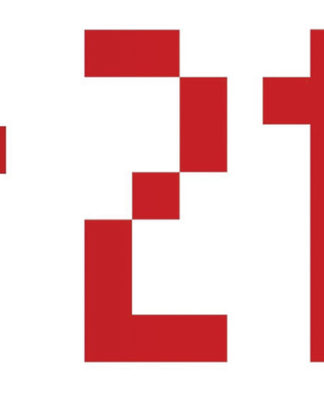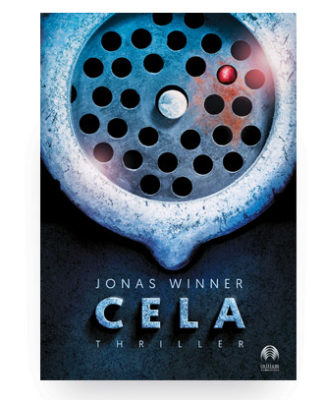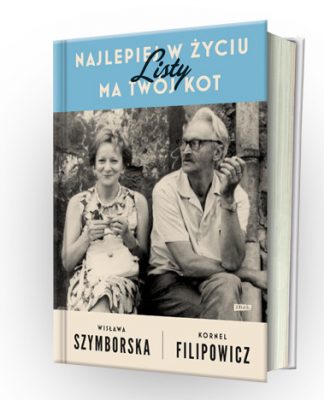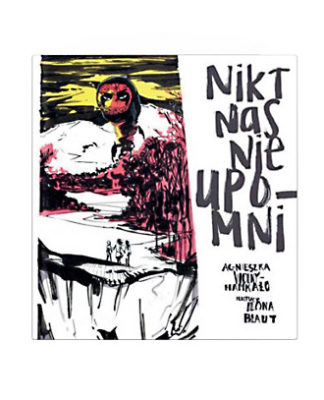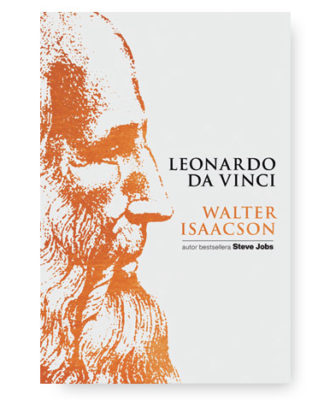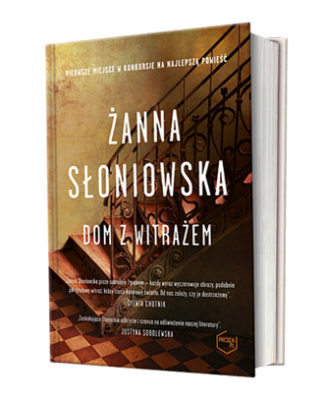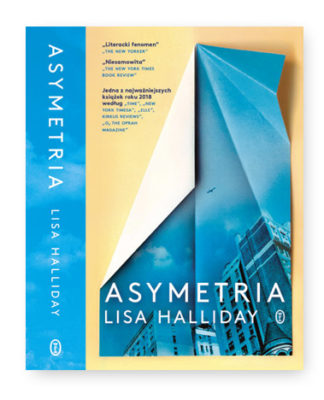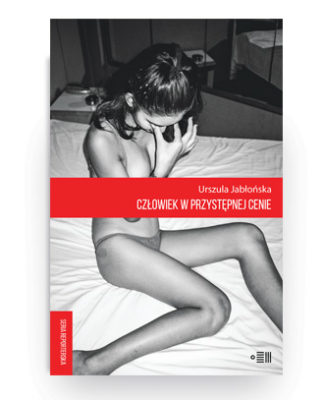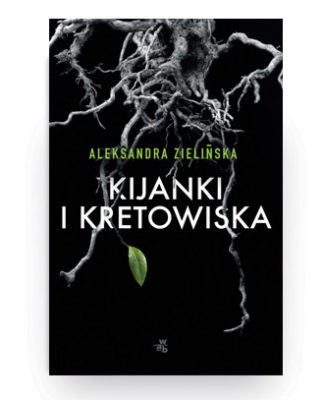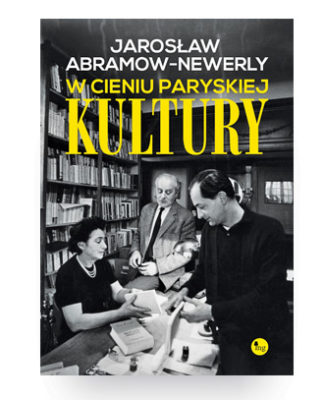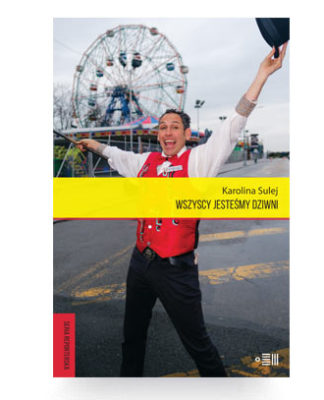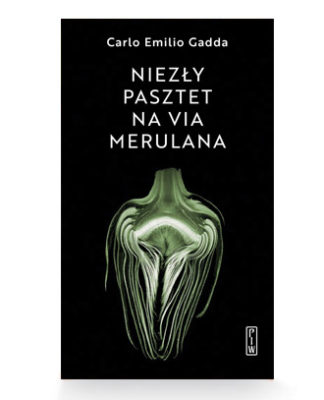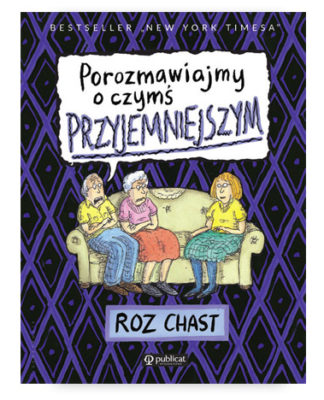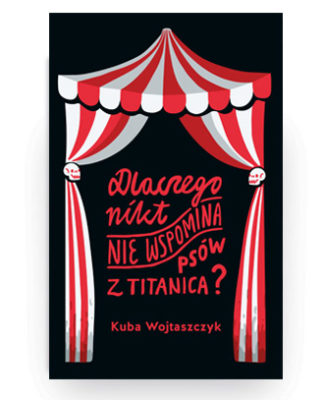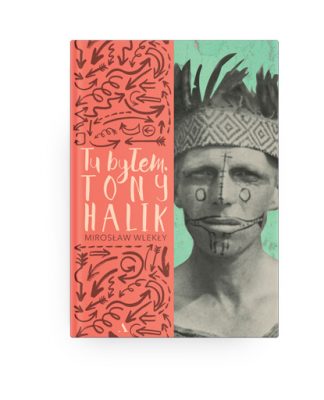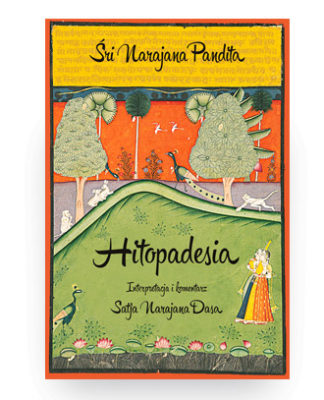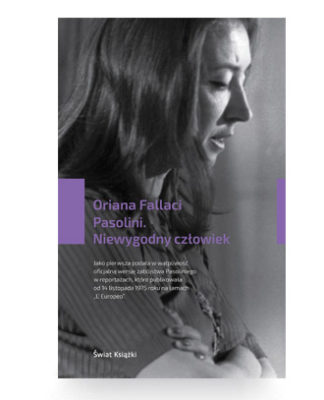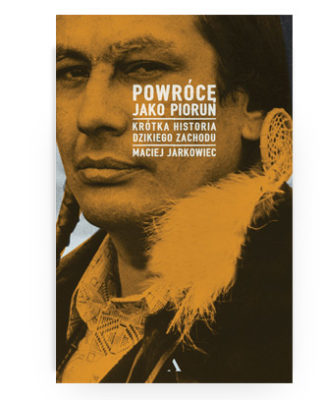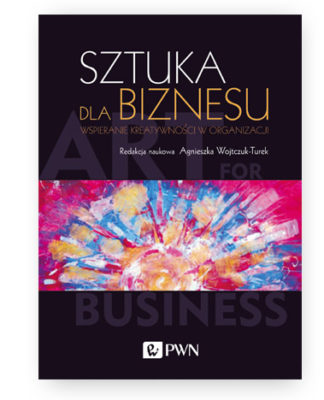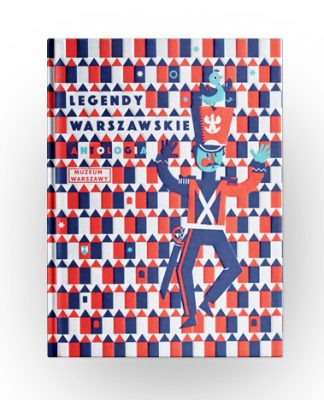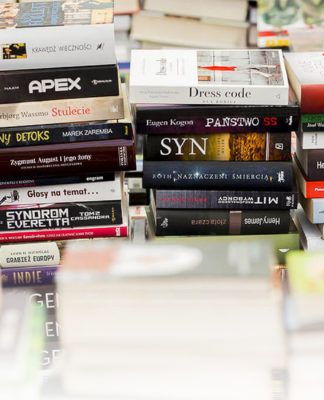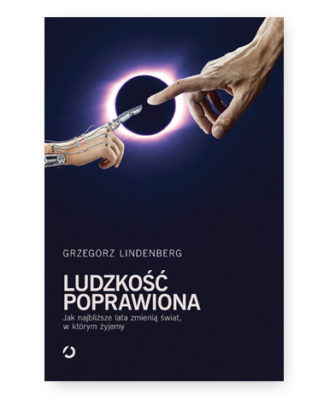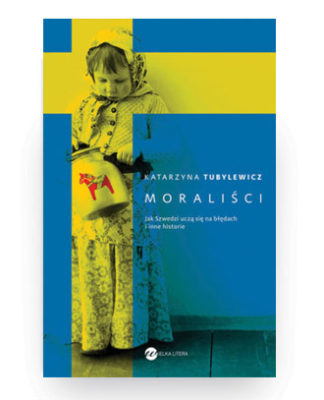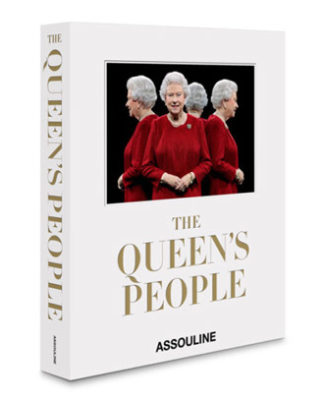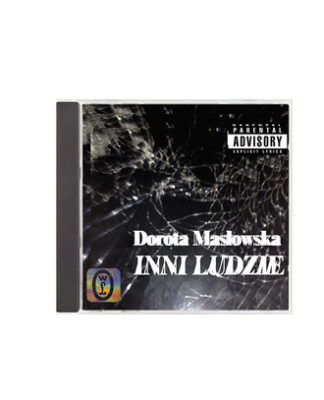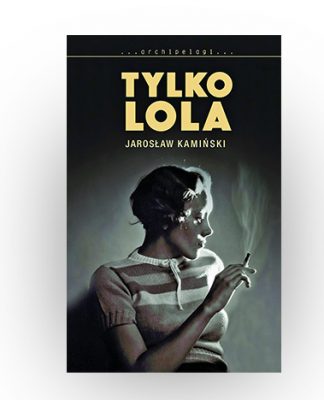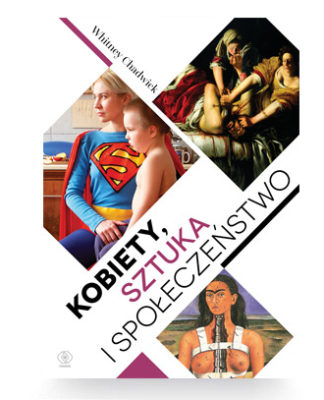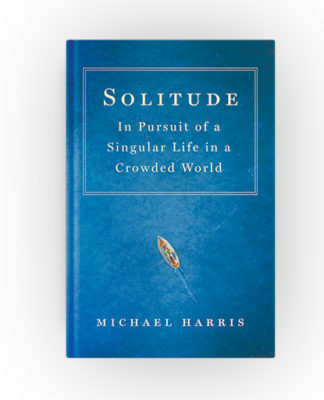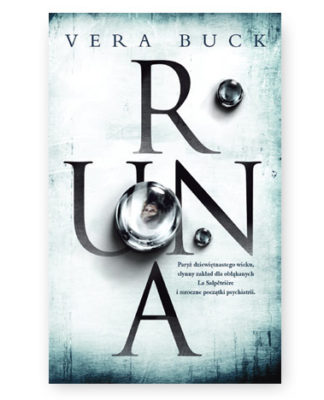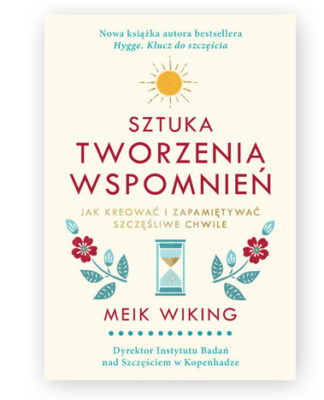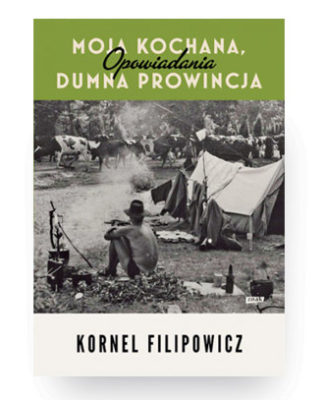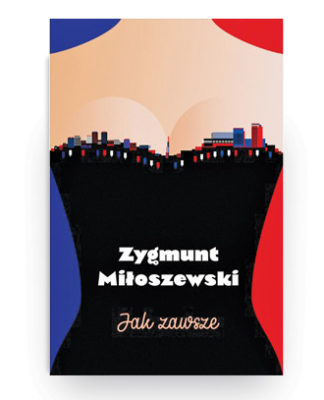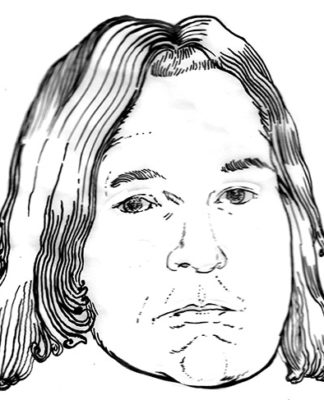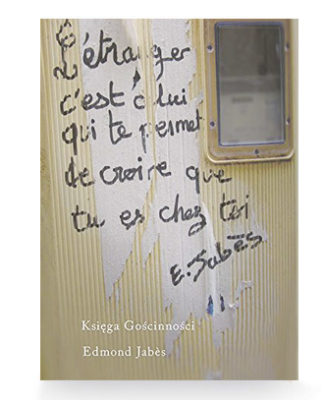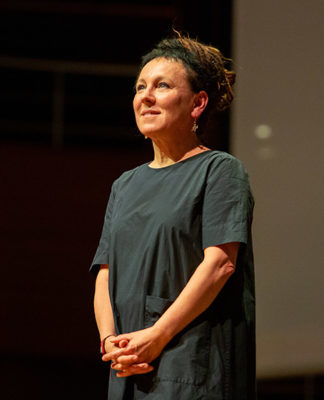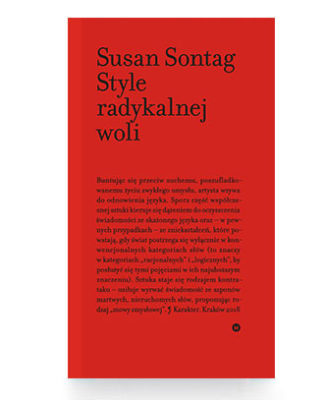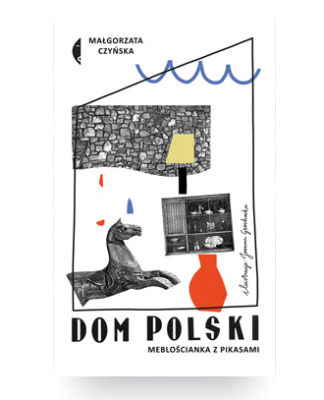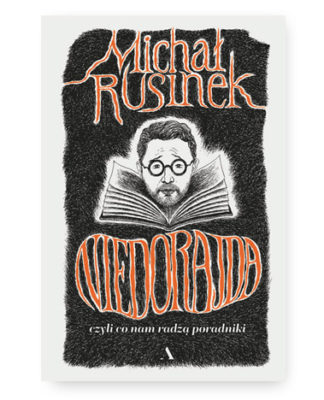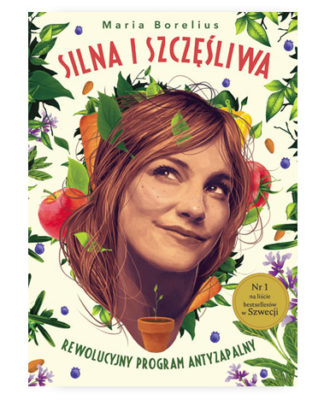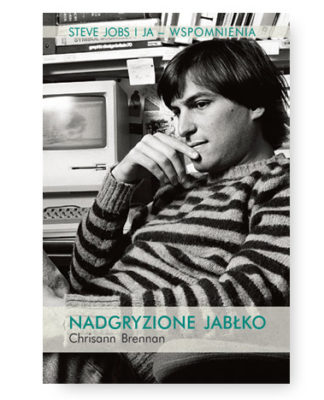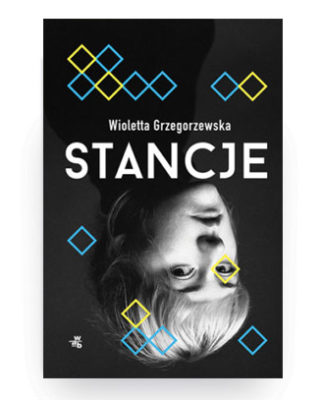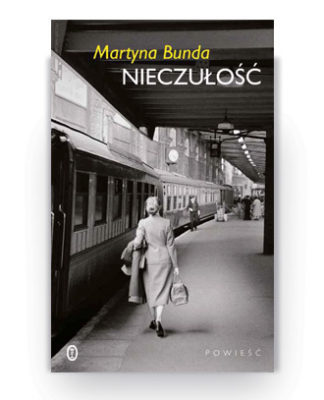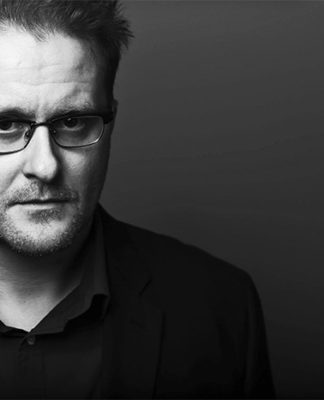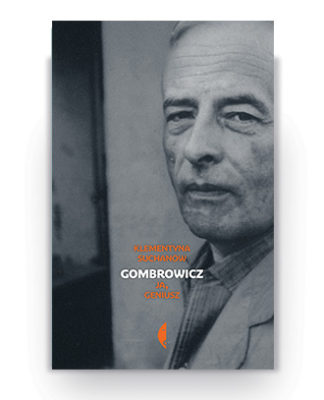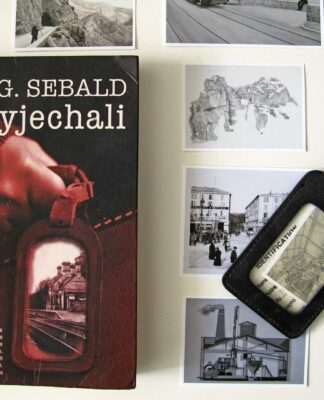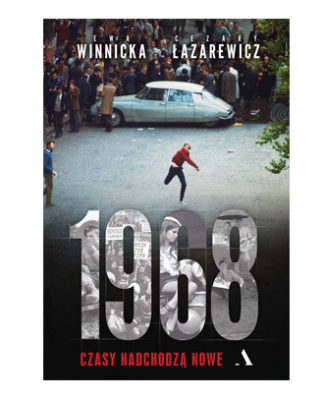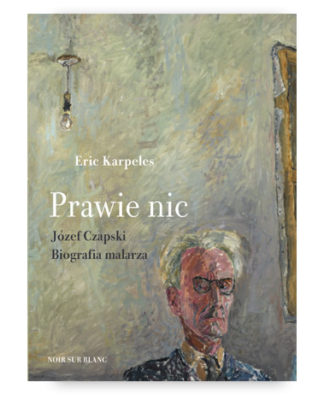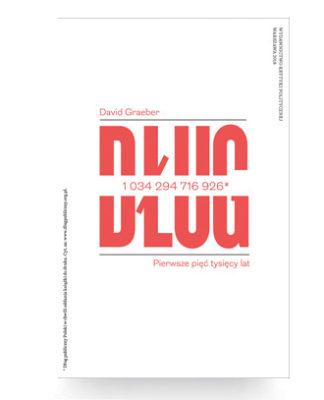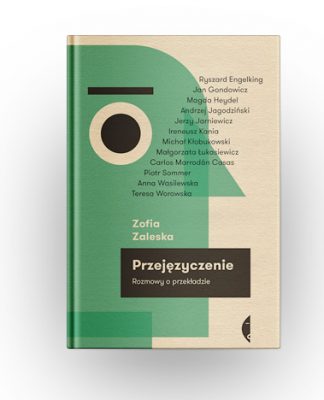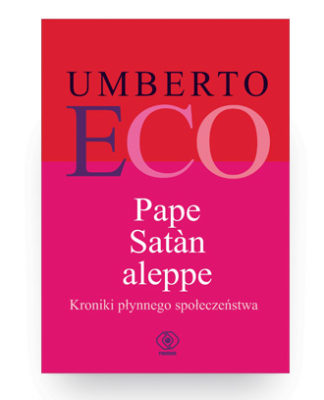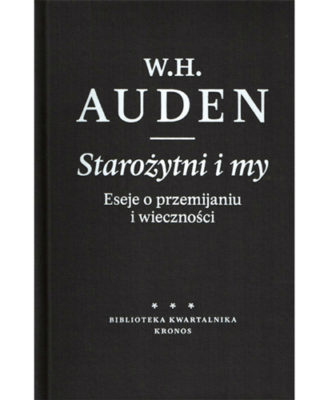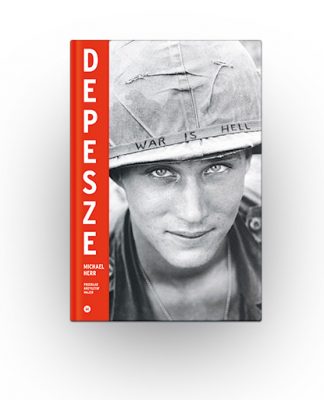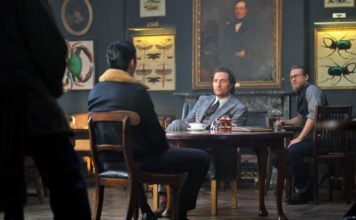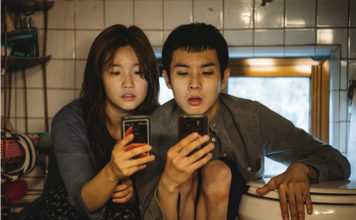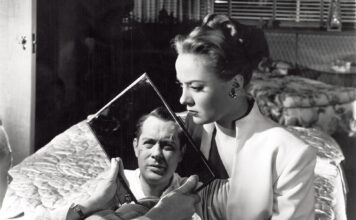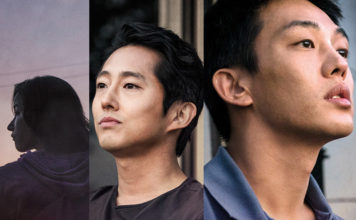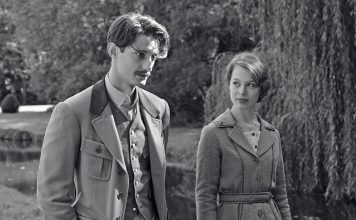![]()
tekst: ALINA ERT-EBERDT
zdjęcia: Rafał Milach Dla BMW Art Club
Rozmowa z Borisem Kudličką,
wybitnym scenografem, odpowiedzialnym za oprawę wizualną koncertu
Carmina Burana (Mgnienie Oka).
Opracowuje pan wizualnie koncert zapowiadany przez organizatorów (BMW i Teatr Wielki – Operę Narodową) jako wydarzenie z pogranicza kultury i nowych technologii. Co się za tym kryje?
Nie mogę przed premierą za wiele zdradzić, bo nie byłoby elementu zaskoczenia. Jest to wydarzenie z cyklu zainicjowanego przed laty przez BM W – różne instytucje kultury i artyści, łącząc siły, tworzą coś oryginalnego. Określenie „oryginalne” jest tu ważniejsze niż „innowacyjne”. W dzisiejszych czasach innowacyjne, według mnie, może być nowe spojrzenie na tekst sztuki Szekspira czy niebanalne użycie płótna i deski. W Teatrze Wielkim – Operze Narodowej w Warszawie inscenizujemy kantatę Carmina Burana Carla Orffa, wykorzystując multimedia. Ale to są tylko wspomagające środki wyrazu. Nadrzędna
w tym inscenizowanym koncercie – świadomie nie używam słowa spektakl – jest muzyka.
Co pociąga pana w łączeniu sztuki z nowymi technologiami?
Dla mnie to nic nowego. Zawsze starałem się łączyć myślenie o przestrzeni teatralnej z możliwościami, jakie dają współczesne technologie. Wszystkie „cuda” i tricki, które widz ogląda na scenie, powstają dzięki technologii. Służą do tego urządzenia znajdujące się
w teatrze, czyli zapadnie, sztankiety i cała teatralna maszyneria. Wykorzystuje się elektromechanikę, kinetykę, pneumatykę. W ostatnich latach doszły multimedia. Z tego wszystkiego od wielu lat korzystam. Przyglądam się też uważnie nowym materiałom,
które pojawiają się na rynku, takim jak sztuczne szkło, folie itp. I też wprowadzam je do teatru. Jednak to są tylko narzędzia, które mają służyć lepszemu odbiorowi dramaturgii przedstawienia, nie dominować.

Czy miał pan wpływ na wybór utworu muzycznego?
Nie. Propozycja współpracy, którą otrzymałem od BM W i Teatru Wielkiego – Opery Narodowej, dotyczyła konkretnie kantaty Carla Orffa.
Pytam o to, ponieważ Carmina Burana jest przebojem sal filharmonicznych, gwarantującym komplety na widowni. Bywała już wielokrotnie inscenizowana.
Siła tkwiąca w tej muzyce sprawia, że zwykłe koncertowe wykonanie nie pozostawia słuchacza obojętnym. Utwór O, Fortuna znają nawet ci, którzy nie chodzą do filharmonii. Jakie ma to dla pana znaczenie?
Monumentalizm tego dzieła wymaga od inscenizatora powściągliwości. Trzeba uważać, czym się uzupełnia tę muzykę, żeby między nią a obrazem był balans. Z mojego punktu widzenia istotne jest też to, że pieśni składające się na tę kantatę nie układają się w linearną opowieść. Postanowiłem, że nie będę ich ilustrował, tylko stworzę z moimi współpracownikami niezależną narrację o pewnej podróży i związanym z nią doświadczeniu.
Czy organizator oczekuje od pana zastosowania konkretnych technologii?
Nie, mam wolną rękę. Spotkałem się kilkakrotnie z osobami odpowiedzialnymi za projekt BM W Art Club. Przyszłość to sztuka, ponieważ zawsze staram się wprowadzać ludzi, dla których pracuję, w cały proces twórczy. Wymienialiśmy opinie i uznaliśmy, że kształt, który się wyłonił z naszych rozmów jest interesujący. I teraz go realizujemy. Zaprosiłem moich stałych współpracowników: Bartka Maciasa, który tworzy wideoprojekcje i reżysera świateł Marca Heinza. W poczynaniach quasi-inscenizacyjnych wspiera mnie młody reżyser Krzysztof Knurek. Zaprosiłem też Jarosława Mikołajewskiego, znawcę literatury średniowiecznej, który ma pieczę nad interpretacją tekstu. Kuratorem
z ramienia BM W Art Club. Przyszłość to sztuka jest historyk i krytyk sztuki Stach Szabłowski. Jeśli chodzi o formę – chór i orkiestrę ustawiłem w klasycznym koncertowym układzie. Carmina Burana w większości składa się z partii chóralnych. Chórzyści
muszą mieć kontakt wzrokowy z dyrygentem. Ponad chórem, w wielkiej ramie, przedstawimy naszą wizualną opowieść. Zdradzę jedynie, że ważną rolę w projekcjach wideo odgrywa oktagon.
A jak wygląda współpraca z dyrygentem i solistami?
Nie mogę jeszcze o niej wiele powiedzieć [rozmawialiśmy z Borisem Kudlicˇką miesiąc przed premierą – przyp. red.]. O ile spektakl operowy poprzedza sześć tygodni prób, z czego dwa tygodnie próbuje się na scenie, przed naszym koncertem będziemy mieli tylko trzy dni na scenie. To wyznacza granice i realia współpracy. Z dyrygentem Lorenzo Passerinim spotkaliśmy się latem, prześledziliśmy partyturę, wskazując fragmenty skomplikowane muzycznie, gdzie kontakt śpiewaków z dyrygentem jest nieodzowny.
Wyróżniliśmy też fragmenty, w których możemy „odkleić” solistów od wykonania koncertowego i zaangażować do uczestnictwa w quasi-inscenizacji. Ale to wszystko będzie możliwe dopiero na scenie, przed samą premierą.
Podsumowując, w jaki sposób najnowsze technologie mogą zmieniać percepcję sztuki?
Nie wiem, na ile jest to sprawa technologii. Wydaje mi się, że to bardziej kwestia współczesnej interpretacji. Technologia jest ukryta, intuicyjna. Większość z nas siadając za kierownicą, nie myśli o tym, ile niewidocznych układów ułatwia jazdę samochodem.
Analogicznie jest w teatrze – widz zanurza się w świat wizualny, który twórca mu proponuje, i nie zastanawia się, jak jest on kreowany. Ilu jest ludzi za kulisami i jaki obsługują sprzęt. Dla widza liczy się efekt magii, jak w sztuczkach Davida Copperfielda.
Za nimi zresztą także stoi technologia. |
![]()
Just like David Copperfield
text: ALINA ERT -EBERDT
photo: Rafał Milach FOR BM W Art Club
An interview with Boris Kudlička,
the outstanding set designer responsible
for the visual setting of the concert
Carmina Burana (Blink of an Eye).
You have created a visual concert presented by BMW and The National Opera at the Grand Theatre in Warsaw, which transcends the boundaries of culture and new technology. What lies behind it?
I can’t reveal too much about the premiere – I don’t want to spoil the surprise. This is one of a series of events established several years ago by BM W – various cultural institutions and artists combine their skills in the pursuit of something original. In this case the term „original” is far more important than „innovative”. Nowadays, in my opinion, innovation
may be a new look at Shakespeare’s text, or the original use of canvas and boards. At the National Opera at the Grand Theater in Warsaw, we are staging Carl Orff’s Carmina Burana, using multimedia. But these are only supporting means of expression. The main thing in this staged concert – yes, I’m avoiding
the word ‘show’ – is music.
What attracts you to combining art with new technologies?
It’s nothing new to me. I’ve always tried to combine the way I think about the theatrical space with the possibilities of modern technology. All the „miracles” and tricks one sees on stage are created thanks to technology, with the help of all the tools one finds at the theatre, such as trapdoors and battens – in short, the entire theatrical arsenal, which comprises electromechanics, kinetics, pneumatics and so on. Multimedia has come a long way in recent times. I have been using all this for many years now. I look closely at any new materials that emerge on the market, such as artificial glass, foils, and so on, and I introduce them to the theatre. However, these are only tools to assist in conveying the dramatic intention of a production to an audience, without dominating it.
Did you have any say in the piece of music chosen?
No. The BM W and National Opera at the Grand Theatre in Warsaw approached me specifically with Carl Orff’s cantata in mind.

I ask because Carmina Burana is a hit in the concert repertoire, guaranteeing a sell-out audience. It has already been staged number of times. The strength of this music means that even an ordinary concert performance has a profound impact on the audience. The song O, Fortuna is even known by those who’ve never entered a concert hall. What does that mean to you?
The monumentalism of this work requires restraint from the creative team. You have to be careful about what complements this music so that there is a balance between it and the imagery. From my point of view, it is also important that the songs that make up this cantata do not form a linear story. I decided not to illustrate them, but instead my colleagues and I created our very own narrative about a certain journey and the experiences associated with it.
Do the presenters expect you to use specific technology?
No, I have a free hand. I met BMW Art Club. The Future is Art representatives several times, because I always try to take the people I work for through the whole creative
process. We exchanged opinions and agreed that what emerged from our discussions had potential. Now we’re realizing it. I invited my regular collaborators: Bartek Macias, who creates video projections and lighting director Marc Heinz. The young director Krzysztof Knurek supports me in a quasi-staging role. I invited Jarosław Mikołajewski, an expert in medieval literature, who is overseeing the interpretation of the text. The curator on behalf of BMW Art Club. The Future is Art is the historian and art critic Stach Szabłowski. I put the choir and orchestra in a classic concert arrangement. For the most part, Carmina Burana consists of choral parts. The choristers need to have eye contact with the conductor. Above the choir, in a big frame, we will show our visual tale. I will just tell you that the octagon plays an important role in the projection of the video.
And what does cooperation with a conductor and soloist look like?
I can’t really say as yet [we talked to Boris Kudlicˇka a month before the premiere]. Although most operas have 6 weeks of rehearals, of which two are on stage, for Carmina Burana we only have three days on stage. This clearly sets the ground rules for our collaboration. I met with conductor Lorenzo Passerini in the summer. We went through the score, highlighting complex musical fragments, and identified where contact
between the singers and the conductor is indispensable. We also identified fragments, during which we can „peel off” soloists from the concert performance, so that they can engage in the story component of this semi-staged piece. However, this will only be possible on stage, just before the premiere itself.

In conclusion, how can technological advancements change our perception of art?
I don’t know how much technology is involved. It seems to me that it is more a question of contemporary interpretation. Technology is hidden and intuitive. Just like the automotive industry. Most of us, sitting behind the wheel of a car, do not think about how many invisible systems make driving easier. It is similar in the theatre. Viewers are immersed in a visual world that the creator offers them, without asking how it was created, or how many people are behind the scenes and what stage machinery they are operating. What does matter to the viewer is the magic, just as it was with David Copperfield’s tricks.
In the end, technology underpins it all. |

